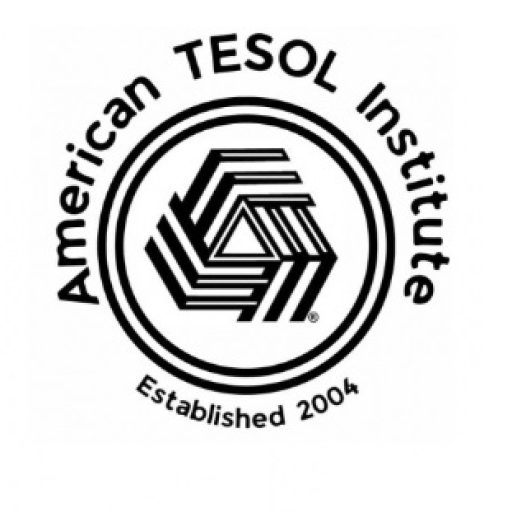The presence of the English language in Panama has deep historical roots that date back over 500 years, tracing its origins to the activities of English privateers during the colonial era. This early introduction of English to Panama has left a lasting impact, shaping the linguistic landscape in subtle but significant ways.
The Arrival of English on Panamanian Soil
The first notable appearance of English in Panama can be attributed to Sir Francis Drake, a famous English privateer, and his crew. In 1572, Drake, along with John Oxenham, who later became the first English speaker to navigate the Pacific Ocean in the Americas, landed on Panamanian soil. This marked the beginning of English-speaking influence in the region.
Five years after Drake’s arrival, Oxenham achieved a historical feat by successfully crossing the Isthmus of Panama and navigating the Pacific Ocean. This not only highlighted the adventurous spirit of the English privateers but also cemented the early presence of English speakers in the region.
Other English Privateers in Panama
Over the next century, other English privateers followed in Drake’s footsteps, leaving their mark on Panamanian history. William Parker, another renowned privateer, captured the Spanish colonial town of Porto Bello on Panama’s Atlantic coast in 1601. Parker’s actions further deepened the ties between English explorers and Panamanian territories.
Perhaps the most infamous of these privateers was Henry Morgan, who operated extensively along Panama’s Atlantic coast. In 1671, Morgan led a daring raid across the Isthmus of Panama and looted the wealth of Panama City, making his name synonymous with the English presence in the region. His actions not only influenced Panamanian history but also symbolized the expanding reach of the English language during this era of exploration and conquest.
The Lasting Impact of English in Panama
While the presence of English in Panama initially stemmed from the exploits of privateers, its influence has persisted over the centuries. Panama’s strategic location as a crossroads for global trade, particularly with the construction of the Panama Canal, has further solidified the importance of English in modern Panamanian society. Today, English is a valuable second language, particularly in areas related to commerce, tourism, and international relations.
TESOL in Panama: A Modern Approach
As Panama continues to develop its role as a global hub, the demand for English language education has grown. TESOL (Teaching English to Speakers of Other Languages) programs play a crucial role in equipping Panamanians with the language skills needed to thrive in an increasingly interconnected world. Understanding the historical context of English in Panama offers valuable insights for TESOL educators, helping them connect with their students in meaningful ways and appreciate the deep historical ties between Panama and the English language.
By exploring the rich history of English in Panama, TESOL educators can provide context for students and emphasize the importance of language in shaping cultural and historical narratives. This connection between past and present highlights the role of English not only as a tool for communication but also as a bridge linking Panama to global developments throughout history.
In conclusion, teaching English in Panama today is more than just language instruction—it is a continuation of a historical narrative that stretches back centuries. Understanding this history allows educators to deepen their impact and inspire students to engage with both the language and the global community.
Download this publication free: The History of English in Panama, by Winston Malcolm




